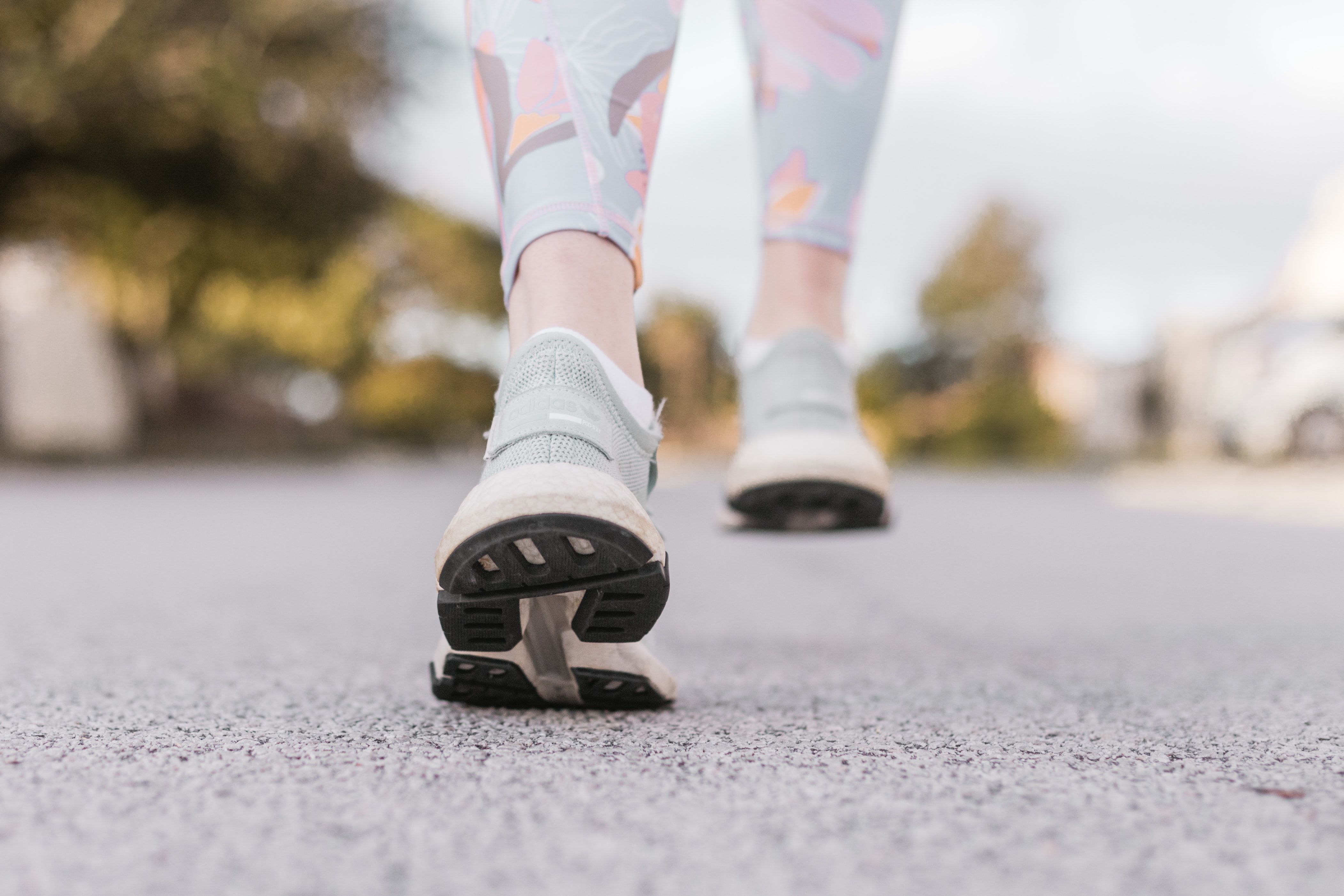 Photo by Brooke Lark
Photo by Brooke Lark
Cells produce free radicals during normal metabolic processes that are necessary for the body to function and also produce antioxidants to neutralize these free radicals.
Oxidative stress occurs when there is an imbalance between free radicals and the ability of the body to clear them(the antioxidant defense of the body) leading to cell and tissue breakdown which may cause DNA damage.
Ongoing oxidative stress can lead to chronic inflammation along with chronic medical conditions such as diabetes, chronic fatigue syndrome, Alzheimer’s disease, Parkinson’s disease, hypertension, atherosclerosis, stroke, etc.
Some of the risk factors for oxidative stress are obesity, smoking, alcohol use, intake of processed foods, diets high in fats and sugar, exposure to pollution, and UV radiation exposure.
Prevention is key and includes eating a diet rich in fruits and vegetables(that will provide antioxidants to the body), limiting processed foods, avoiding foods high in sugar and fats, regularly exercising, and maintaining normal body weight.
Antioxidants
Although our cells naturally produce antioxidants, diet is also an important source. Eating foods with vitamins and minerals which also serve as antioxidants is important. Here are some examples of foods to eat more of whenever you get the chance:
- Vitamin C-broccoli, brussels sprouts, berries, cauliflower, kale, kiwi, lemon, orange, papaya, bell peppers, tomatoes, sweet potato
- Vitamin E-leafy greens, spinach, avocado, almonds, red peppers, almonds, peanuts, sunflower seeds
- Zinc-chickpeas, cashews, lentils, fortified cereals
- Beta-carotene and lycopene-beets, broccoli, carrots, kale, bell peppers, mango, oranges, peaches, spinach, sweet potato, tomatoes, tangerines
- Selenium-Brazil nuts, seafood
- Catechins-tea, cocoa, berries
- Flavonoids-tea, citrus fruits, red wine, apples, pomegranate
- Quercetin-apples, onions, red wine
- Coumaric acid-spices(cloves, cinnamon, tumeric), berries
- Anthocyanins-blueberries, strawberries, eggplant
- Polyphenols-herbs, coffee
In general, the best antioxidant benefits are when foods are eaten raw or lightly steamed. Don’t overcook them! Next time you go grocery shopping, make sure you pick out as many antioxidant containing foods as possible. You will feel good about it and will be doing your body a huge favor.
 Photo by Filip Bunkens
Photo by Filip Bunkens Photo by
Photo by  Photo by
Photo by  Photo by
Photo by  Photo by
Photo by  Photo by
Photo by  Photo by
Photo by  Photo by
Photo by  Photo by
Photo by